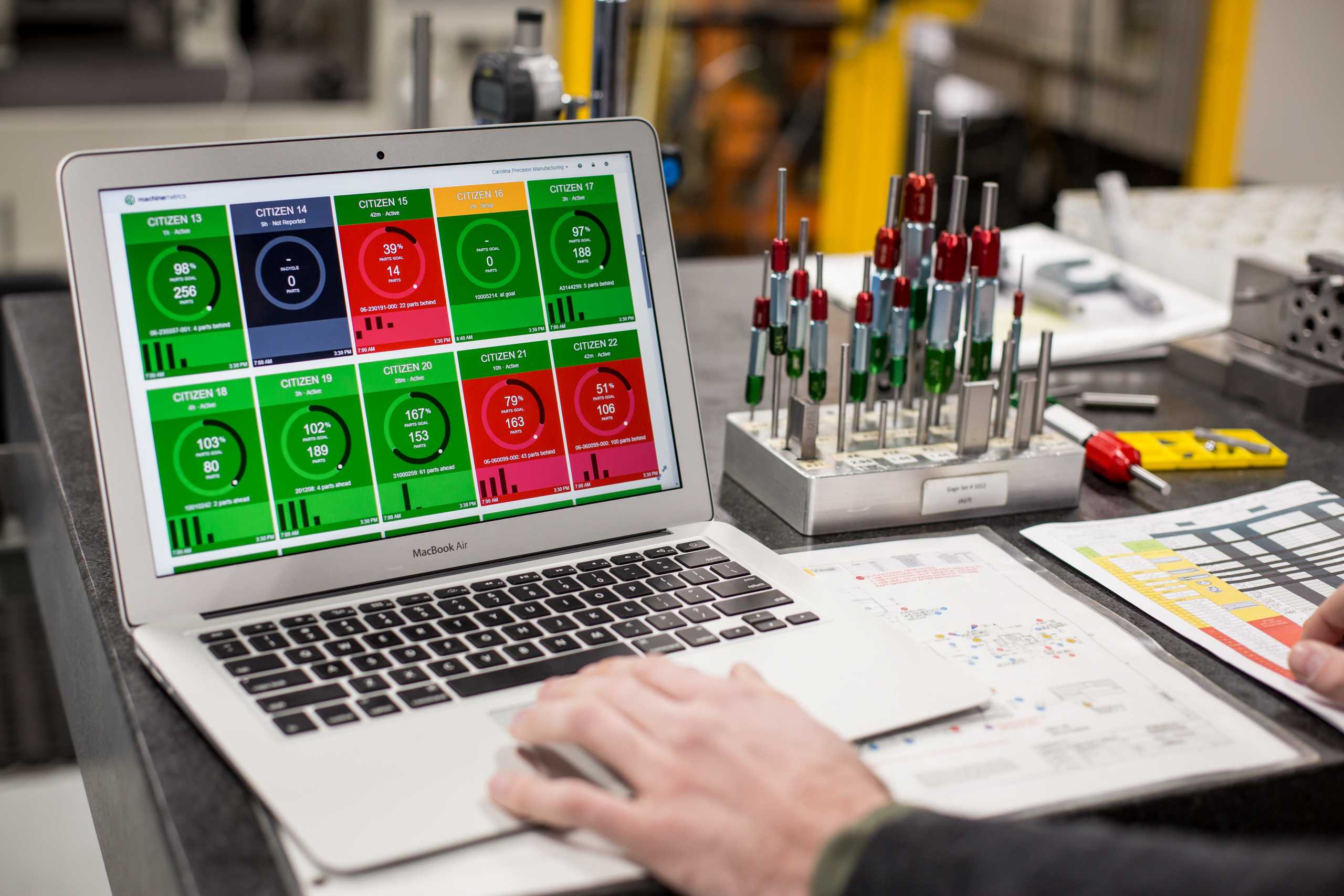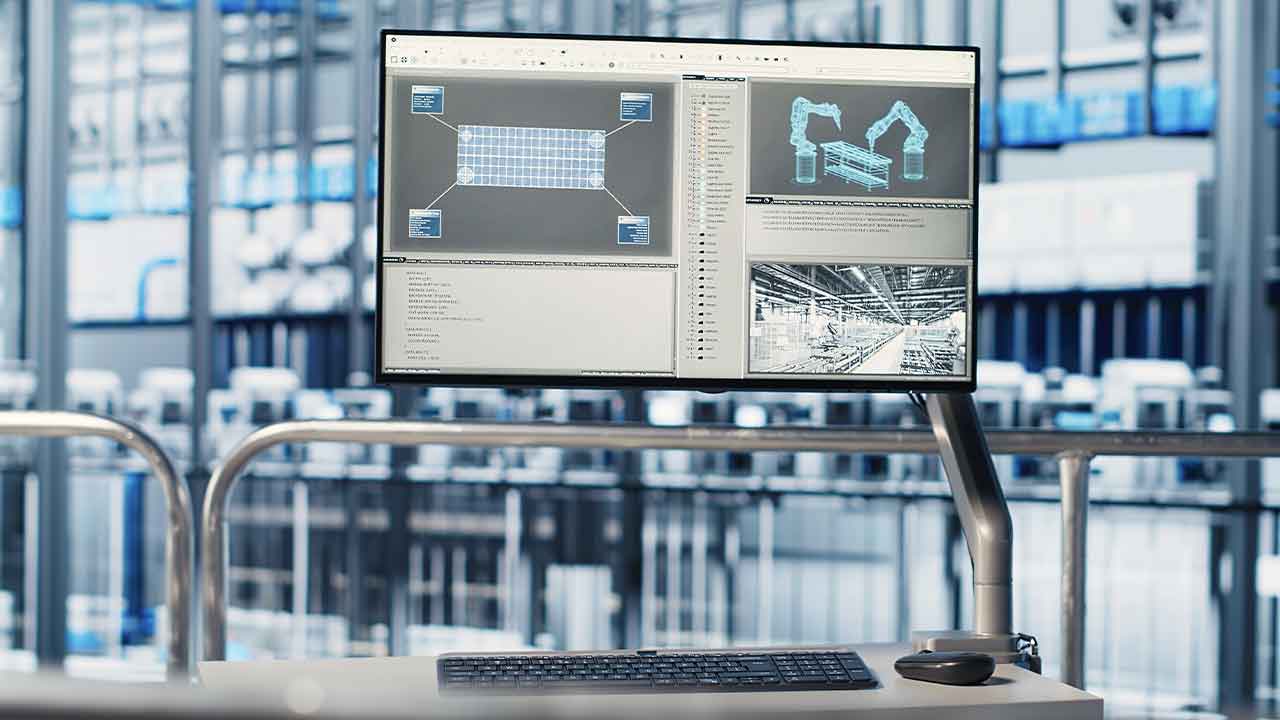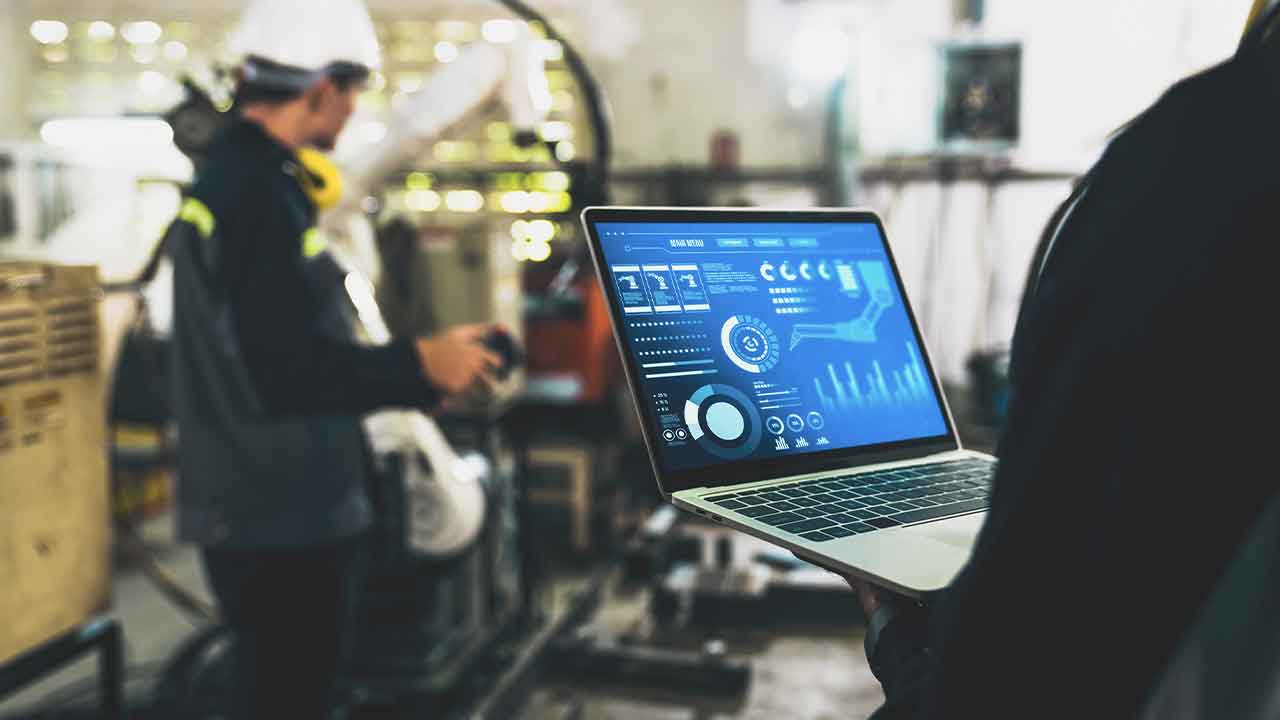Maintaining Factory Efficiency in a Crisis through Remote Monitoring
The World Health Organization’s (WHO) announcement about Covid – 19 reaching pandemic levels triggered responses across the industrial world. In industrial manufacturing, shop floor activity hit its lowest levels since the Second World War and in many cases manufacturing facilities have been shut down. As we’ve discussed in our previous coverage on the impact of the virus on manufacturing, only industries manufacturing or producing essential items such as drugs, ventilators, bed frames, and biomedical tools are expected to function at their optimal capacity.
Although these manufacturing facilities deemed essential have been giving the government go-ahead to operate full steam ahead, social distancing and other safety measures are expected to be applied across shop floors. This means traditional, manual processes can no longer be applied or if used will take up excess time. Examples of activities that will extend monitoring durations include the time taken to wipe down machines and disinfect work areas. These time-lapses add up and when applied to OEE or TEEP calculations, their negative impact on factory efficiency levels will be notable.
Remote monitoring provides factories with an excellent tool for reducing the number of employees on the shop floor while enabling facilities to integrate the work from home policy that defines this period.
Enabling Social Distancing and Minimizing Exposure on Shop Floors
Remote monitoring enables social distancing within shop floors by limiting the number of operators and attendants coming to work. An example is the use of smart devices or IoT devices and a supporting IoT platform to monitor machine utilization and performance.
The use of smart devices equipped to read out machine data and key production indicators reduces the traffic on the shop floor. Verbal announcements and an interconnected shop floor ensure specified parties receive information without having to leave specified work areas.
Hooking up machines to IoT platforms is a remote monitoring tool that enables social distancing in diverse ways. This includes pinpointing underperforming machines or defective machines which paves the way for scheduling maintenance or repair activities without congesting the shop floor.
Enhancing Production Efficiency through Remote Monitoring
The services remote monitoring systems provide are only as efficient as the data they collect from production equipment. This makes setting up a data collection and processing system the first step to initiating remote monitoring processes. Here also, the use of IoT and smart devices which serve as human-machine interfaces help with data collection. The IoT platform then provides the computing resources needed to process collected machine data and compare them with optimal machine performance data.
The benchmark data and optimal performance data enable remote teams or managers to continuously detect challenges within the shop floor. The continuous collection of data also makes it possible to track the effect of social distancing and the shift policies manufacturers put in place to minimize exposure. This information provides managers with the actionable intelligence needed to maintain production efficiency levels while ensuring operators work in a safe space.
Integrating machine data into ERP and MES platforms also help with optimizing production efficiency through remote monitoring. MES and ERP platforms with accurate inventory lists and customer orders can be weighed against current production capacity to determine the quantity of output that is achievable within specified time frames. This process and accurate machine data also make it possible for manufacturers from other industrial niches to understand their production capacities when crossing into the field of medical devices manufacturing for example.
Thus, an automobile manufacturer who intends to help produce ventilators can make use of available historical data from similar machines to efficiently produce a different product.
MachineMetrics as a Remote Monitoring Tool
The MachineMetrics Platform offers a self-install system for capturing and processing machine data to enable remote machine monitoring. The plug and play feature ensures multiple pieces of equipment can be connected to its IoT platform within a matter of hours or even minutes. Once connected, machine data can be continuously monitored remotely and used to plan around social distancing and optimize productivity. Check other information about plug and play in manufacturing and industrial plants.
MachineMetrics also provide benchmark production data for diverse machines and timely notifications concerning machine use. Our benchmark data will help manufacturers planning to help with ramping up the production of medical supplies understand and the capacity of their equipment as they play new roles in helping their communities get through the Covid-19 pandemic. Learn more about optimizing factory efficiency with the MachineMetrics Platform here.
Originally this article was published here.
![]() This article was written by Graham Immerman, Director of Marketing for MachineMetrics, a venture-backed manufacturing analytics platform. Graham has quickly become an authority on digital transformation and the application of IIoT technology for the manufacturing industry.
This article was written by Graham Immerman, Director of Marketing for MachineMetrics, a venture-backed manufacturing analytics platform. Graham has quickly become an authority on digital transformation and the application of IIoT technology for the manufacturing industry.
Sorry, the comment form is closed at this time.




Pingback: Maintaining Factory Efficiency in a Crisis through Remote Monitoring – IoT – Internet of Things